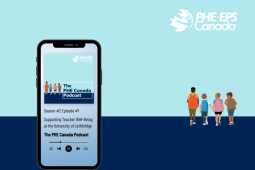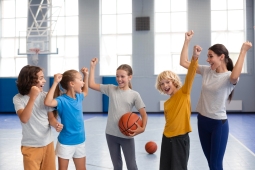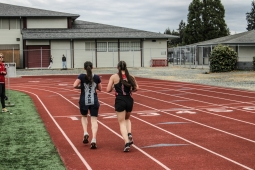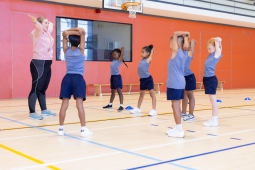Social Return on Investment (SROI) Analysis of the Students Together Moving to Prevent Tobacco Use (STOMP) Program
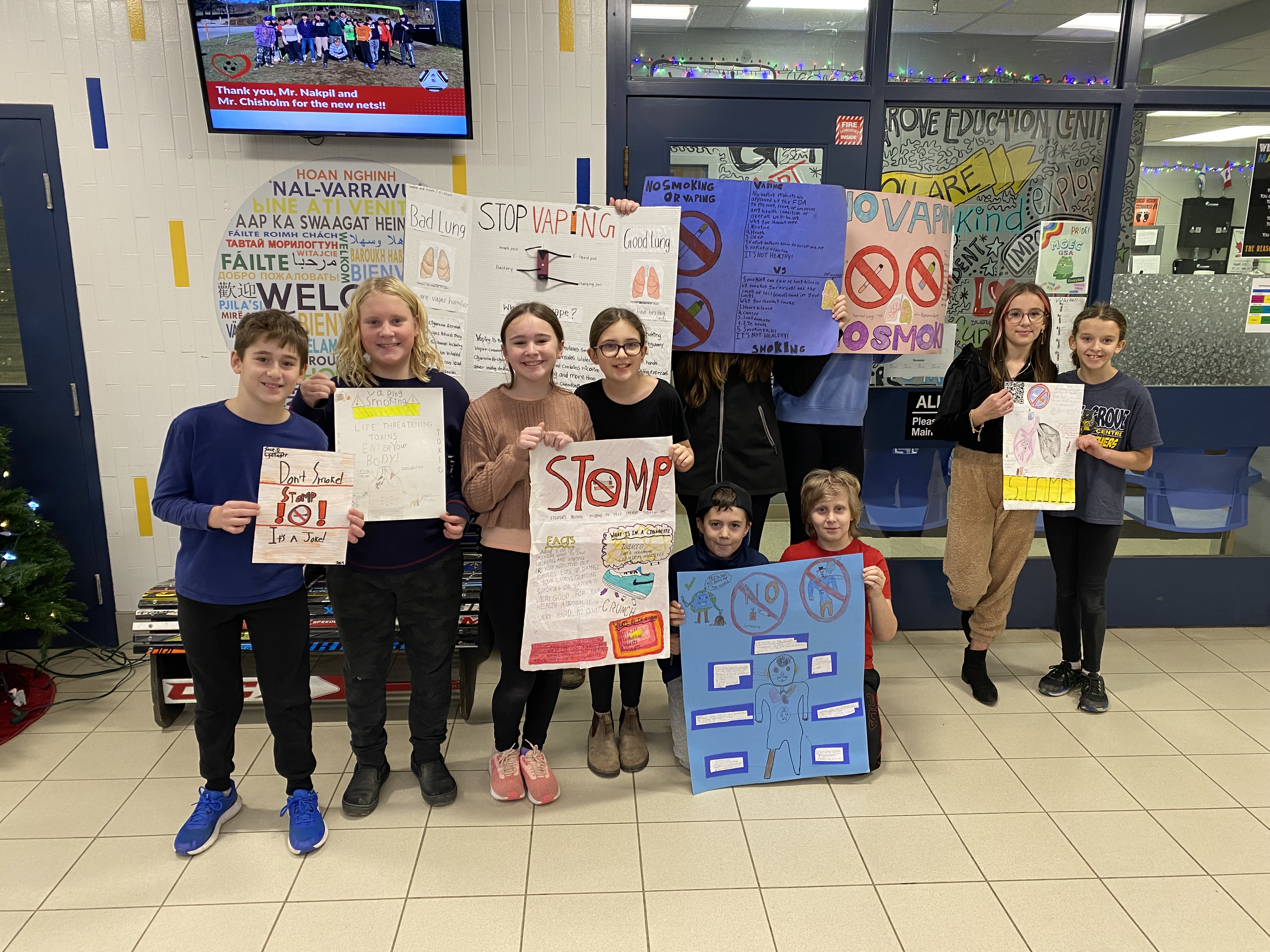
The Students Together Moving to Prevent Tobacco Use (STOMP) program, led by PHE Canada and funded by the Public Health Agency of Canada, was implemented as a multi-year pilot from 2021 to 2024. This Social Return on Investment (SROI) analysis demonstrates the significant value created by the initiative, showing that for every dollar invested, six dollars in social value were generated.

The program’s impact stems from its innovative, student-led, and co-creative design, which empowered young people in grades 7 to 12 to develop and implement localized initiatives addressing tobacco and vaping use in their school communities. In total, 323 students across 14 schools collaborated with peers, staff, and community leaders to design grassroots prevention strategies that reached over 6,000 students nationwide.
The analysis revealed substantial positive outcomes, including an 11 percent reduction in tobacco and vaping use among students in grades 9 to 12, as well as a significantly greater impact—28 percent higher—among those directly engaged in STOMP Action Teams compared to peers who only attended events. Importantly, the program’s benefits were consistent across diverse school environments, including urban and rural contexts, Indigenous and non-Indigenous schools, and communities with varying socio-economic profiles. Beyond reduced tobacco use, STOMP fostered improvements in mental health, peer relationships, and leadership skills, with the most significant long-term value linked to future healthcare savings.
The SROI methodology employed a rigorous and conservative approach, using financial proxies to capture the value of outcomes not traded on the market, such as well-being and leadership development. Adjustments for deadweight, displacement, and attribution ensured that the final valuation was both credible and defensible. On the basis of this evidence, the report recommends expanding program funding, embedding its student-centered principles into broader school health strategies, and targeting high-risk youth through deeper engagement in Action Teams.
In conclusion, the STOMP program has proven to be a high-value investment in youth health, delivering a 6:1 return comparable to leading global social impact initiatives. Its success underscores the effectiveness of empowering students to lead prevention efforts, demonstrating that school-based, student-driven models can generate substantial and lasting health, social, and economic benefits for Canadian society.



